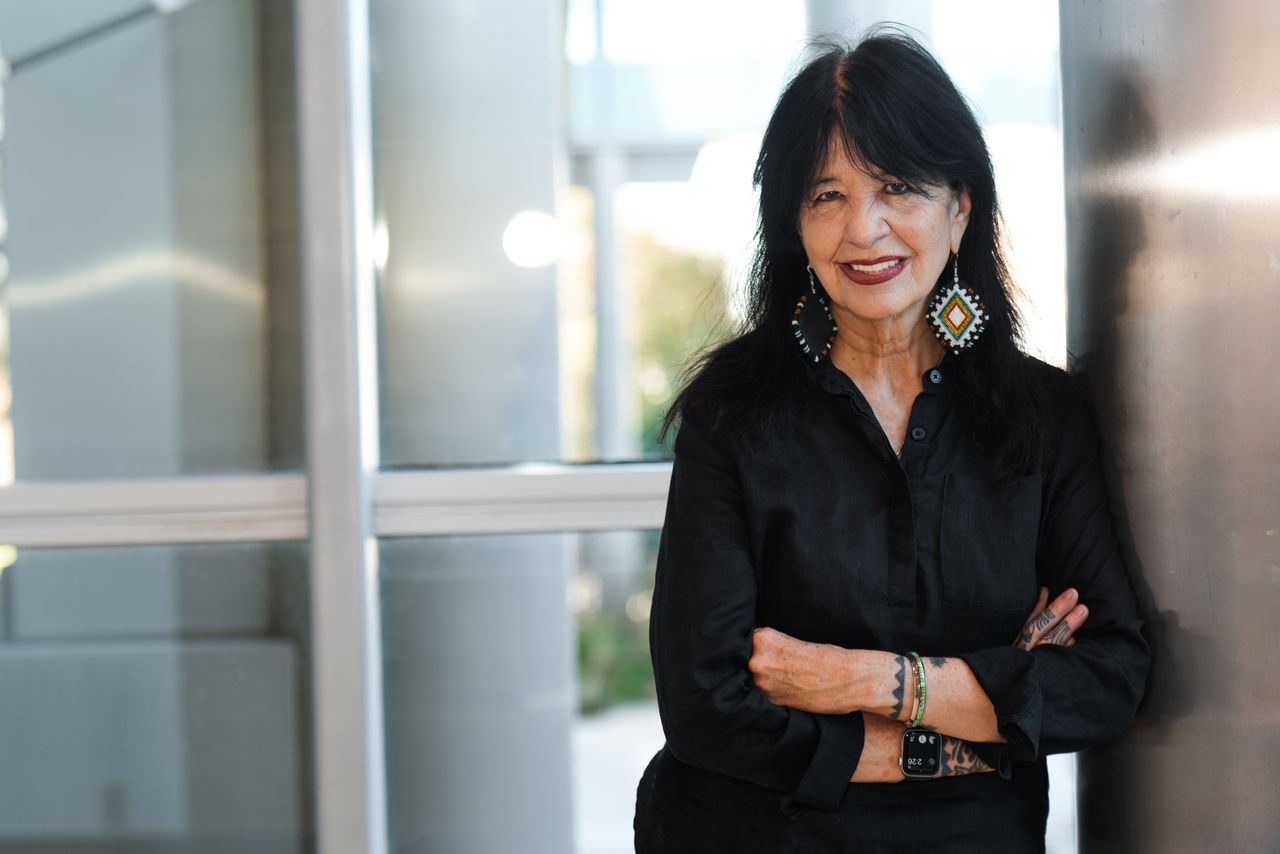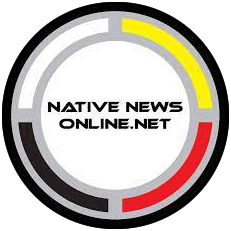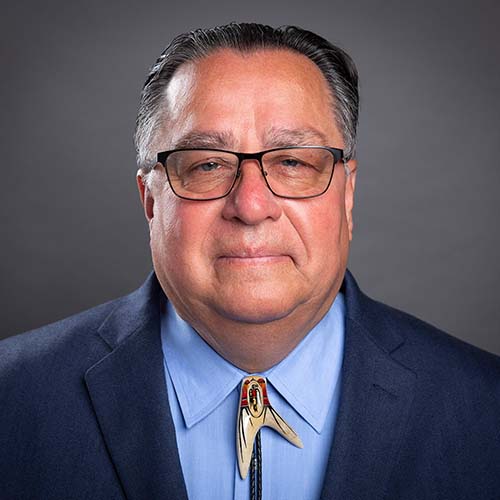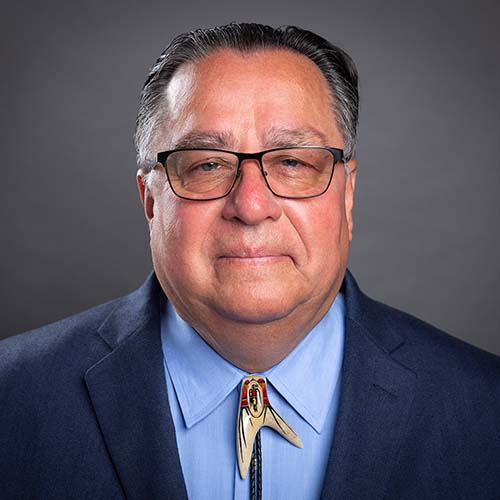
- Details
- By Levi Rickert
Happy Native American Heritage Month. Two weeks ago I lectured at a local college in Grand Rapids, my hometown. After I introduced myself I asked the 13 students how many knew what is celebrated during the month of November. Not one of them knew November is Native American Heritage Month.
I know we like to tell people we celebrate being Native Americans year long. But since is it is Native American Heritage Month, spread your Native pride and tell others who may not know.
Here are some of the stories you may have missed this weekend on Native News Online:
Joy Harjo Honored With Portrait of a Nation Award at Smithsonian Gala
The Smithsonian’s National Portrait Gallery honored Mvskoke (Creek) poet, performer and writer Joy Harjo on Saturday as one of its 2025 Portrait of a Nation Award recipients, recognizing her transformative contributions to American culture and letters.
Harjo, the 23rd U.S. poet laureate and one of the nation’s most influential Native literary voices, was honored alongside business leader Jamie Dimon, animal science innovator Temple Grandin and filmmaker Steven Spielberg. The awards were presented during the museum’s 10th annual Portrait of a Nation Gala at Union Station.
Ken Burns Finally Puts Native People Back In the American Revolution Story — And It Matters
Ken Burns, the award-winning filmmaker whose work has defined how Americans understand the Civil War, baseball, jazz, and the Vietnam War, is back this week on PBS with a new six-part documentary, The American Revolution.
Ten years in the making, The American Revolution finally incorporates the Indigenous side of a story that has been taught through a narrow lens for two and a half centuries. To ensure accuracy, Burns’ team reached out to the Cherokee Film Office, a division of the Cherokee Nation, for guidance. The office provided consultation as well as photo and film assets to help deepen the narrative.
Last Thursday, I spoke with Burns for a Native Bidaské episode about his effort to tell a more complete story. He told me the version of the American Revolution most Americans know is sanitized and superficial. Too often, he said, the story is reduced to “great men in Philadelphia thinking great thoughts.”
From 1907 until as recently as 2018, tens of thousands of Native women underwent tubal ligation — a procedure that renders a woman unable to bear children —without their free, prior, and informed consent. By the 1970s, between 25 and 50 percent of Native women of childbearing age in the United States were sterilized, mainly by the IHS. A large volume of the procedures was performed at IHS facilities in four service areas, including Albuquerque.
The abuse was first made public with a 1976 report by the U.S. Government Accountability Office, but the story remains incomplete. The report only accounted for IHS medical records from 1972-1975 and included just four of 12 IHS service areas.
 Make A Donation Here
Make A Donation Here
More Stories Like This
Native News Weekly (August 25, 2024): D.C. BriefsUS Presidents in Their Own Words Concerning American Indians
Oral History Project Announces 14th Stop in Portland, Oregon: NABS Continues to Gather Crucial Stories Across Indian Country
NABS Postpones New Mexico Oral History Project Visit to January
Help us tell the stories that could save Native languages and food traditions
At a critical moment for Indian Country, Native News Online is embarking on our most ambitious reporting project yet: "Cultivating Culture," a three-year investigation into two forces shaping Native community survival—food sovereignty and language revitalization.
The devastating impact of COVID-19 accelerated the loss of Native elders and with them, irreplaceable cultural knowledge. Yet across tribal communities, innovative leaders are fighting back, reclaiming traditional food systems and breathing new life into Native languages. These aren't just cultural preservation efforts—they're powerful pathways to community health, healing, and resilience.
Our dedicated reporting team will spend three years documenting these stories through on-the-ground reporting in 18 tribal communities, producing over 200 in-depth stories, 18 podcast episodes, and multimedia content that amplifies Indigenous voices. We'll show policymakers, funders, and allies how cultural restoration directly impacts physical and mental wellness while celebrating successful models of sovereignty and self-determination.
This isn't corporate media parachuting into Indian Country for a quick story. This is sustained, relationship-based journalism by Native reporters who understand these communities. It's "Warrior Journalism"—fearless reporting that serves the 5.5 million readers who depend on us for news that mainstream media often ignores.
We need your help right now. While we've secured partial funding, we're still $450,000 short of our three-year budget. Our immediate goal is $25,000 this month to keep this critical work moving forward—funding reporter salaries, travel to remote communities, photography, and the deep reporting these stories deserve.
Every dollar directly supports Indigenous journalists telling Indigenous stories. Whether it's $5 or $50, your contribution ensures these vital narratives of resilience, innovation, and hope don't disappear into silence.
 The stakes couldn't be higher. Native languages are being lost at an alarming rate. Food insecurity plagues many tribal communities. But solutions are emerging, and these stories need to be told.
The stakes couldn't be higher. Native languages are being lost at an alarming rate. Food insecurity plagues many tribal communities. But solutions are emerging, and these stories need to be told.
Support independent Native journalism. Fund the stories that matter.
Levi Rickert (Potawatomi), Editor & Publisher

